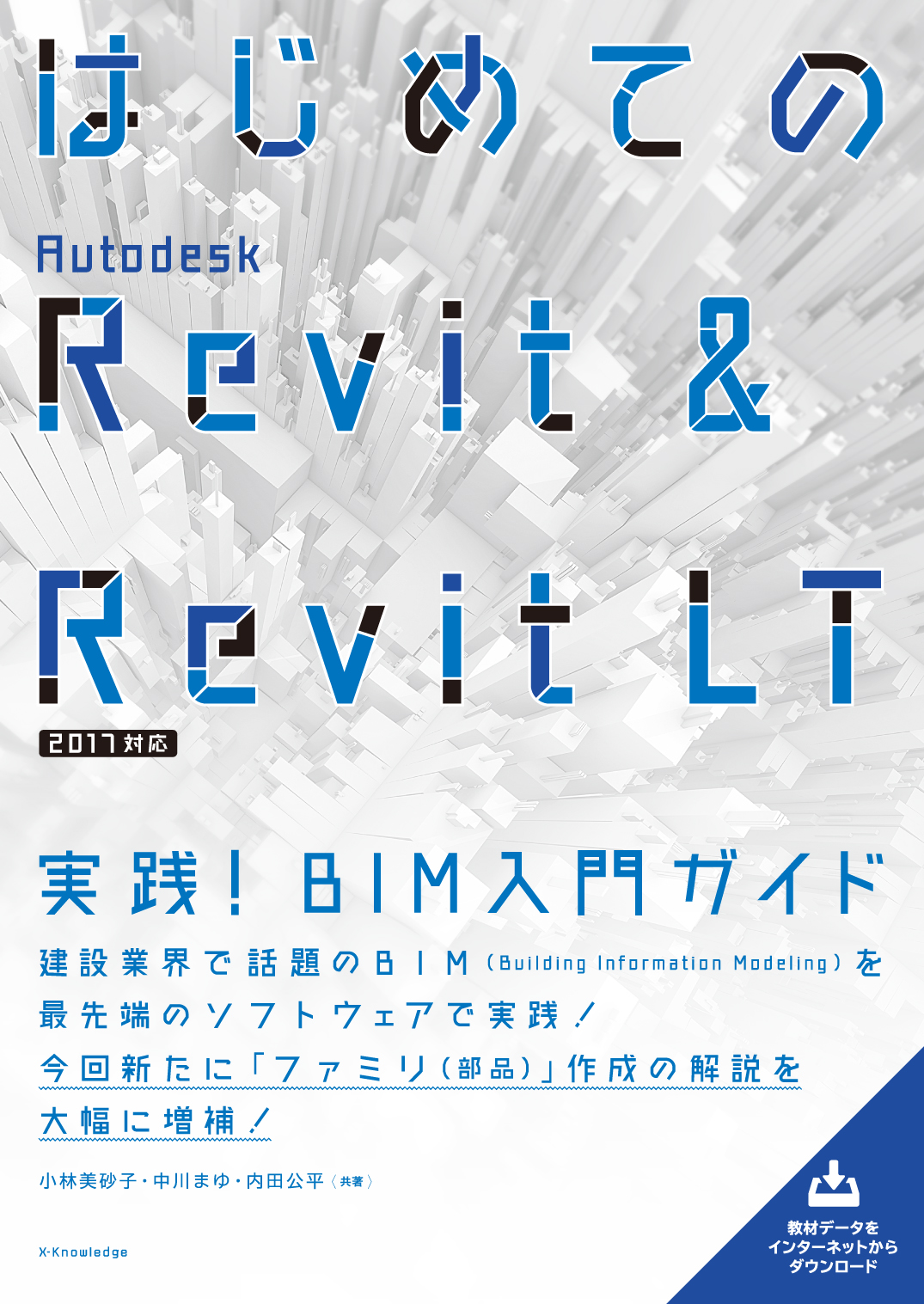
“We can sell our ideas instantly to a client in three dimensions,” Tears says. In detailing the ways the new platform enhances efficiency, he observes how the speediness concept also applies to the consumer side of the equation. Ted Mohle, owner/head designer, hired Tears as an intern to explore the benefits of the BIM process, and from that initial trial, he’s now leading the Houston firm’s transition from AutoCAD LT to BIM. “This helps exponentially when accounting for cost/budgeting and design factors, such as area calculations and occupancy loads.” “Other than efficiency of design process, the major advantage of Revit LT in our firm is the ability to calculate and schedule key items within the design,” says Geoffrey Tears, who joined Mohle Design in late 2014 as a project manager and designer. Autodesk Revit LT communicates seamlessly with AutoCAD, for our consultants, and even has the ability to function alongside SketchUp.” Revit LT is a simplified, lower-cost BIM tool that helps you produce high-quality 3D architectural designs and documentation in a coordinated, model-based environment.Īrchitects at other small outfits echo the sentiment.

So, you can design with confidence knowing that the pieces will all fit together as designed. McEathron launched his architecture business in Austin within the last year and notes that “the efficiencies of working in 3D help me be faster with my drafting, which in turn allows me to be competitive with my fees and spend more time on design - which is where we’d all rather spend our time.” He adds, “Many companies are now developing component families for their products. That’s the case for freshly minted entrepreneur Davey McEathron, who speaks compellingly about BIM’s efficiency. Committing billable hours to simple adjustments may be a boon to the personnel-laden enterprise and shorthanded studio alike, but automation comes as a particular relief to firms where one person does it all. Yet professionals at every scale of practice face challenges of representation and communication. If the benefits of BIM are well established, so is one of its myths: namely, that it is an expensive tool intended for big firms. It surpasses the 2D drawing process by streamlining coordination between collaborators and alerting all users to collisions between systems that previously would not have been detected until the field.

By modeling design in three dimensions, Building Information Modeling (BIM) can increase productivity across the board for designers.


 0 kommentar(er)
0 kommentar(er)
